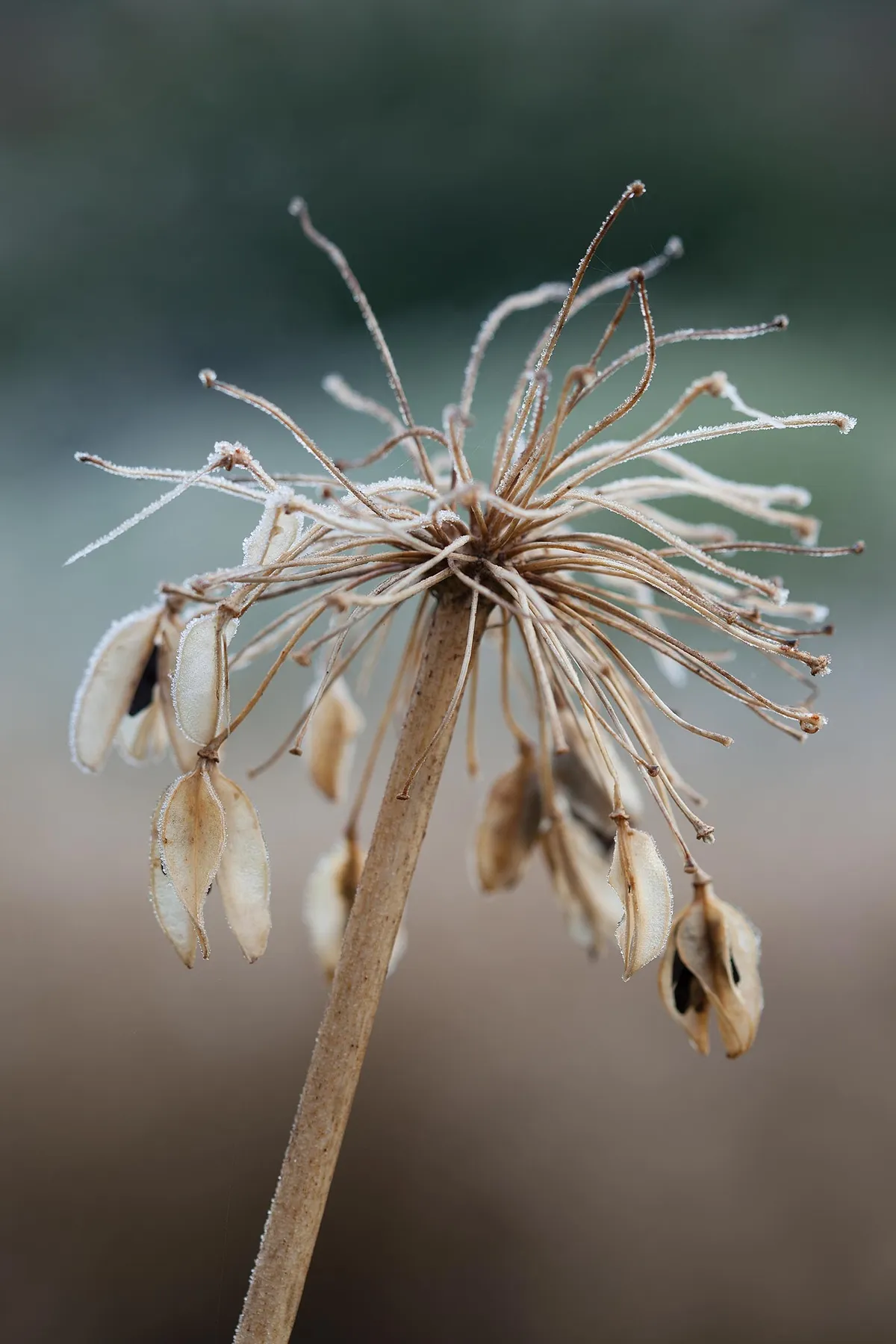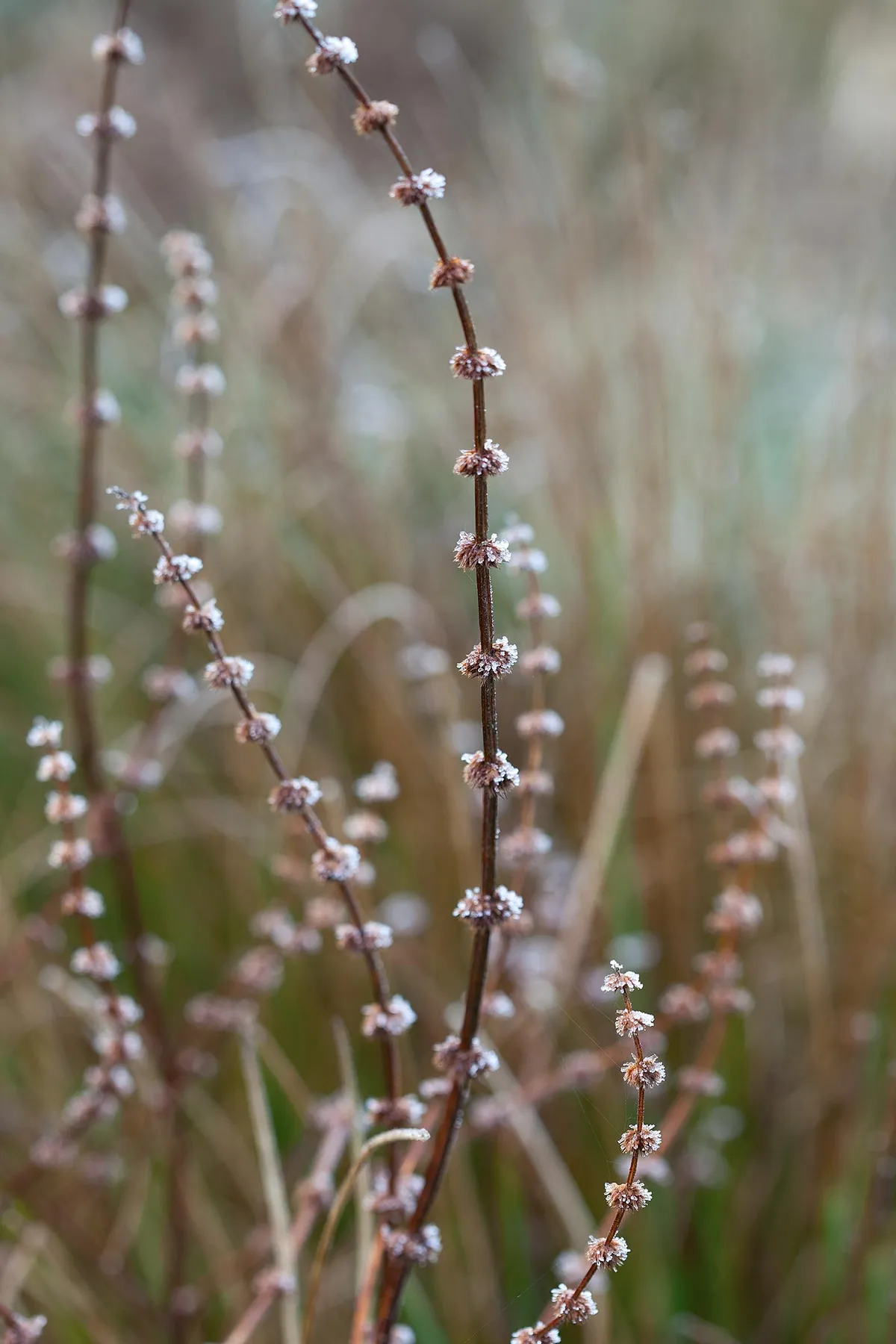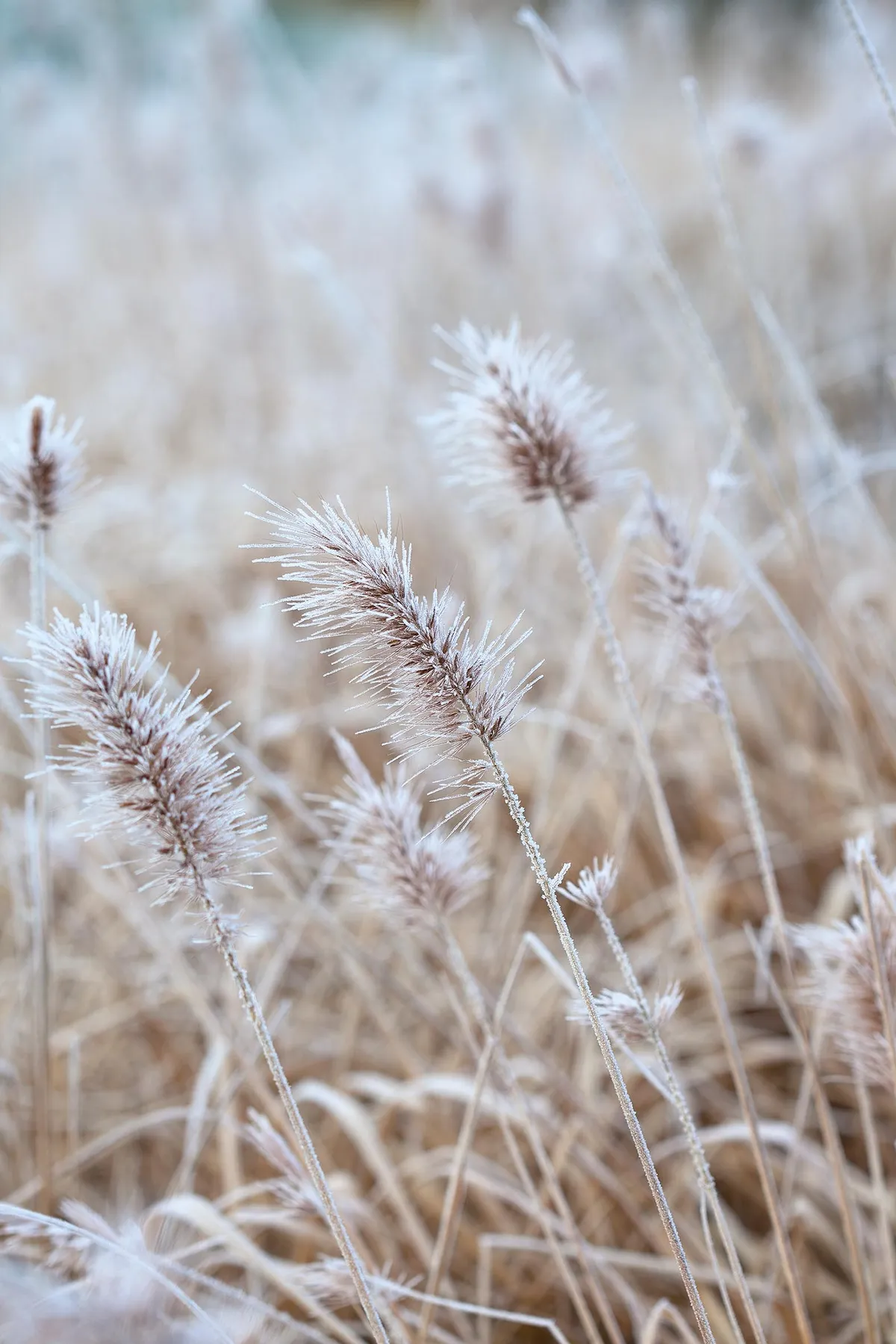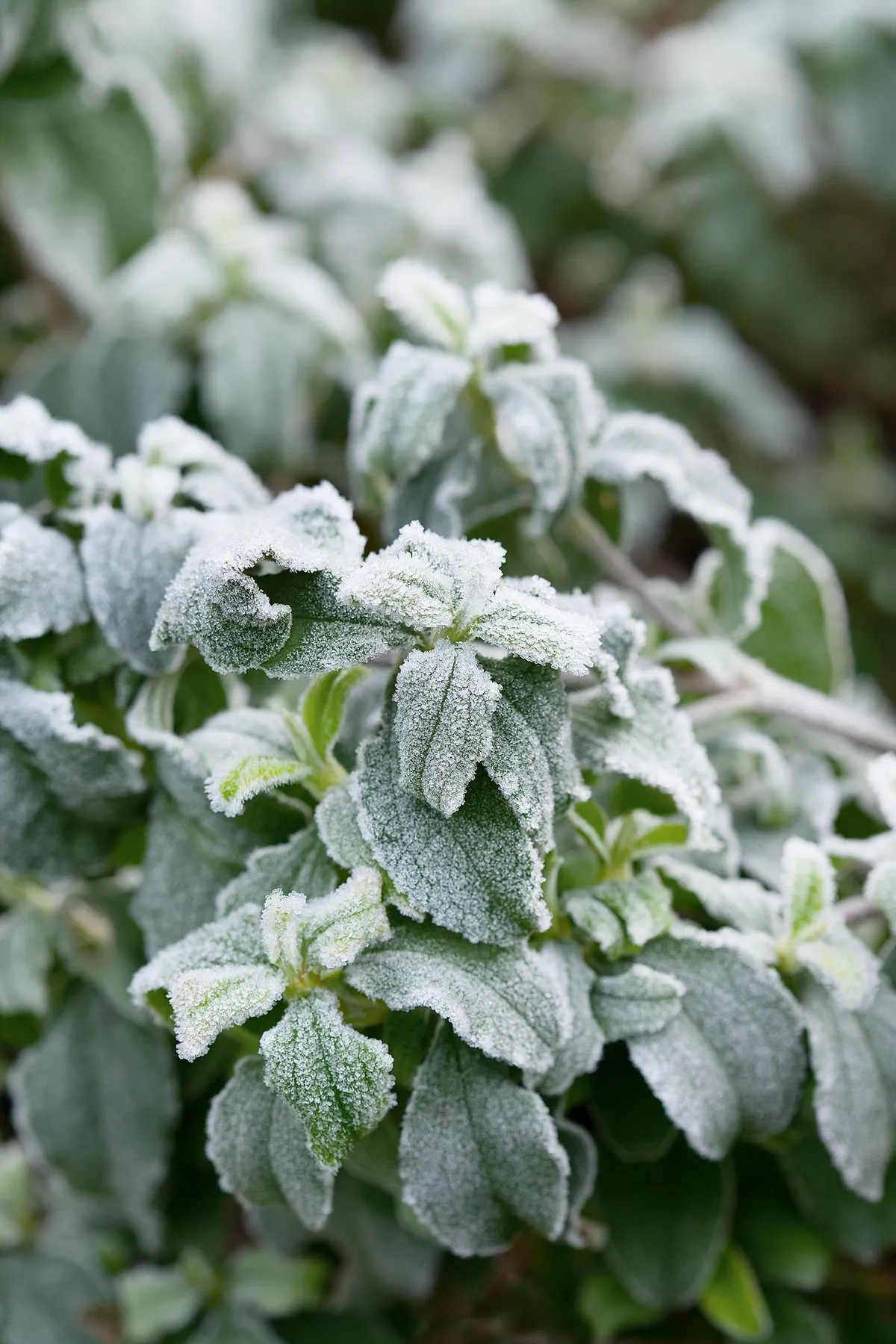When Monique and Simon Gudgeon took on Pallington Lakes in rural Dorset, it was a fishery, and they had no plans to turn it into anything else. The outbuildings would be useful for Simon’s career as a sculptor, and the fishing business would generate its own income. But three and a half years later the Gudgeons waved goodbye to the fishermen forever, as Simon’s sculptures began to take up residence by water’s edge. This was a development that neither party would have predicted before Simon decided to swap storage space for the open air – and was impressed by the way his sculpture interacted with the landscape.
IN BRIEF
What: Sculpture by the Lakes - a private garden around a lake, with strong winter structure, that hosts the owner’s sculptures.
Where: Pallington Lakes, Dorchester, Dorset DT2 8QU.
Open: Tuesday to Saturday, 10am-5pm (summer times may differ).
Soil: River-deposited silt and gravel
Size: 26 acres.
Hardiness zone USDA 9.
The prospect of landscaping 26 acres is less daunting, it could be argued, if half of the land is under water, measured out in lakes and ponds. The only part of the emerging sculpture park that Monique planned on paper was the area around the house. Beyond the estate fencing and figurative gates (made by Simon), various winding paths spread themselves out from no single point, leading to a destination that is not clear. A giant pergola draped with roses and clematis in summer, offers a further route towards the wider landscape.
Sculptures emerge along the way, rising from grasses, sitting in woodland clearings and perched in or around water. Naturally progressing as more sculptures have appeared, the garden has benefited from Monique’s experience as a horticulturist, and a shared sanguine approach to size and scale.
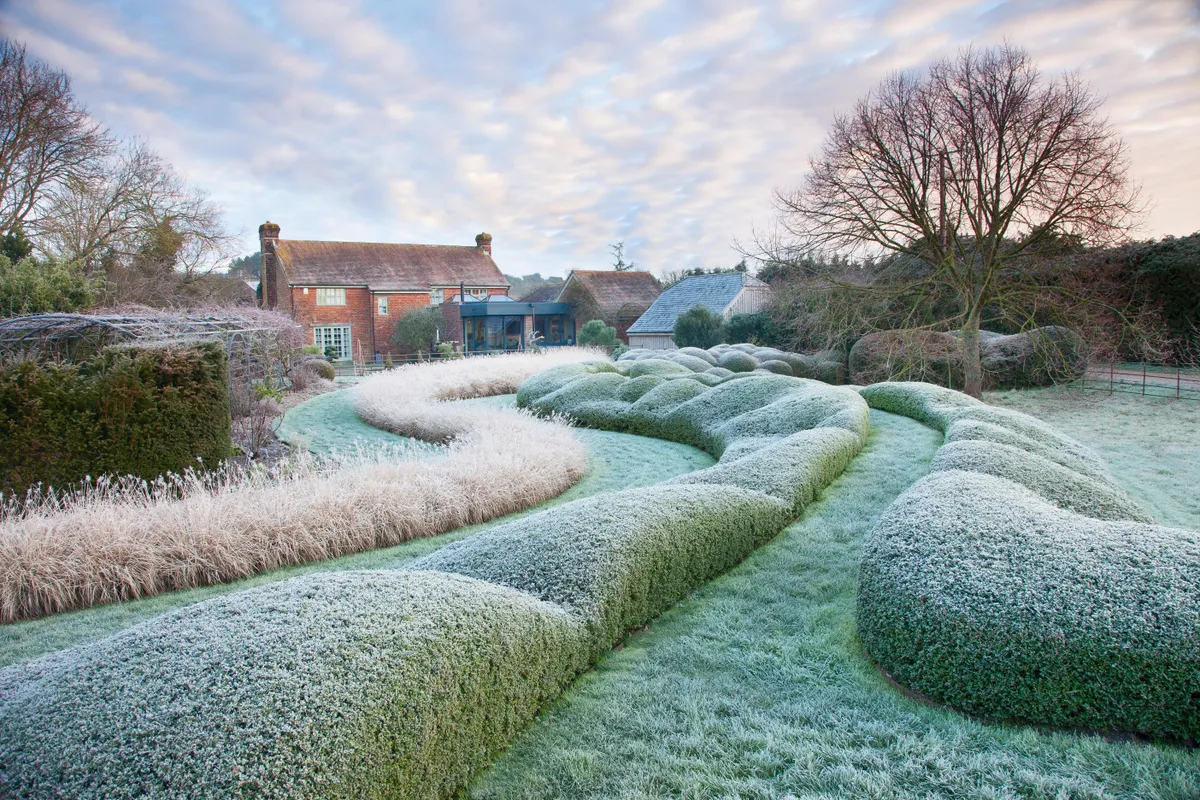
Curving away from the house, a grass path slowly elevates into a raised walkway, framed initially by Pennisetum alopecuroides ‘Red Head’ and Lonicera ligustrina var. yunnanensis, which was cut into mounds by Jake Hobson of Niwaki. Monique was impressed by the shaping of land at Charles Jencks’s Garden of Cosmic Speculation in Scotland, and these ideas were further confirmed by a visit to the garden of Fernando Caruncho in Madrid.
“It’s my natural inclination to keep expanding,” she says. “I wanted to try these sculptural forms, and this area and situation lent itself to that.” At the end of the spiralling path, where Lonicera ligustrina var. yunnanensis gives way to L. ligustrina var. pileata ‘Moss Green’, the pruning relaxes into Caruncho-esque cushions, intended as a reflection on the Dorset Downs. Monique was further inspired by the karikomi way with shrubs from Japan: “It’s about forming a landscape, using plants.”
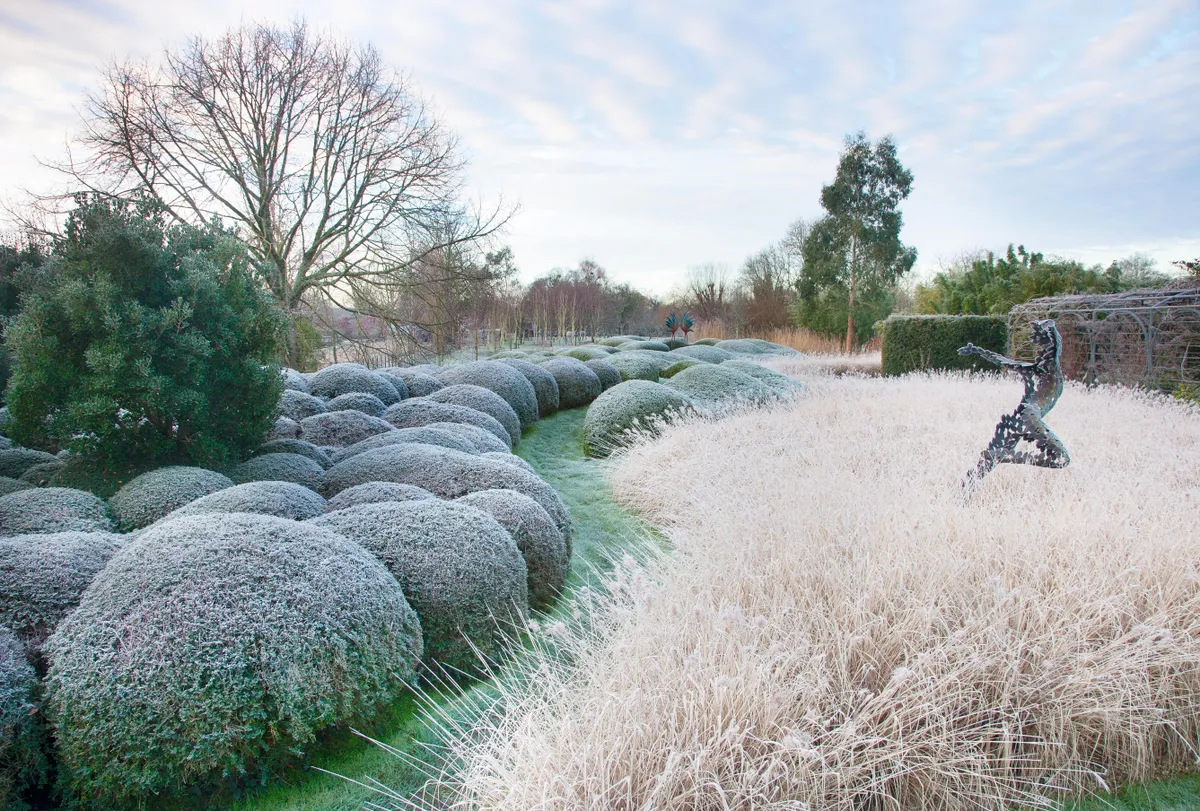
The drama of the planting creates an atmosphere where land art sits easily with art on the land. A willow tunnel makes a statuesque arc around a wildflower meadow, while its straight stems and pinnate leaves merge into those of bamboo, part of a collection of 500 plants brought from a previous garden. She cheerfully grows 20 types of bamboo, and about 20 different types of willow, six of which were already thriving in the watery landscape.

Having cut her teeth as a gardener first in the show gardens of Agriframes, followed by more detailed horticulture at Architectural Plants, she now volunteers once a week at the Arboretum nursery at Kew Gardens. She is used to dealing with structure, both hard and soft, and her enthusiasm for knowledge and growing experience is particularly focussed on trees.

“I know I’m going to lose a lot of ash, so I’m looking at all sorts of trees that I can replace it with,” says Monique. New trees include sweet chestnut, three dawn redwoods, three swamp maples, a cedar of Lebanon and multiple eucalyptus. They are joined by countless magnolias and Japanese acers in the sheltered woodland walk, and 460 silver birch trees in a serene glade by the water. “After oak, birch is one of the most important trees for wildlife,” says Monique. “Hundreds of species rely on it.”
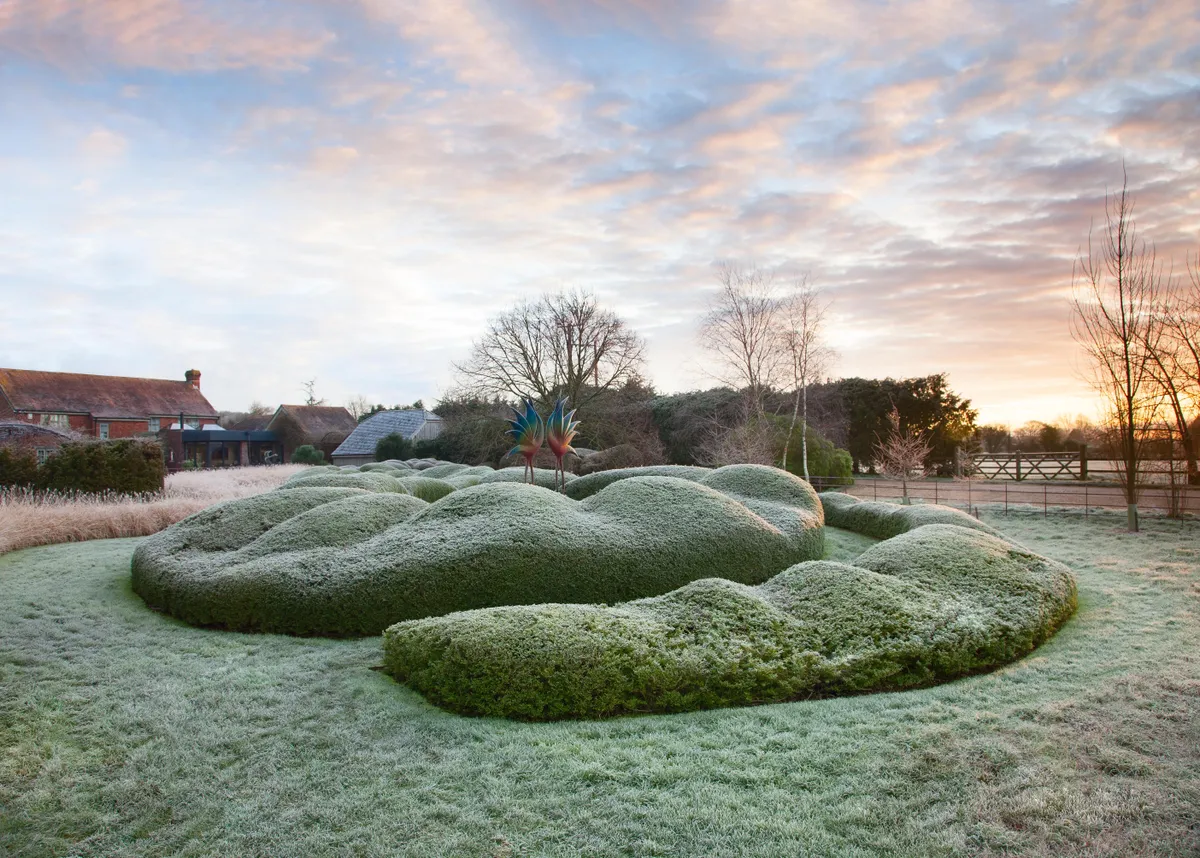
Before the lakes were created in the 1970s, Pallington was part of Thomas Hardy’s ‘verdant plain’, in the Vale of the Great Dairies. “In summer they used to run the cattle through this area. In winter, because it was always flooded, they just let it go,” says Monique. She gardens for nature as much as for herself, and was keen to maintain a winter habitat for caterpillars, in an area that was already popular with butterflies.

Building a bank to protect the garden from flooding, Monique planted it with butterfly attractants, such as eupatorium and nepeta, while maintaining quantities of nettles. The couple are privileged to have the reed-fringed River Frome winding through their garden. Left to its own devices, the waterway has formed an oxbow bend, which will one day become a small island. Just the spot for a new sculpture.
*Holds an Award of Garden Merit from the Royal Horticultural Society. †Hardiness ratings given where available.
